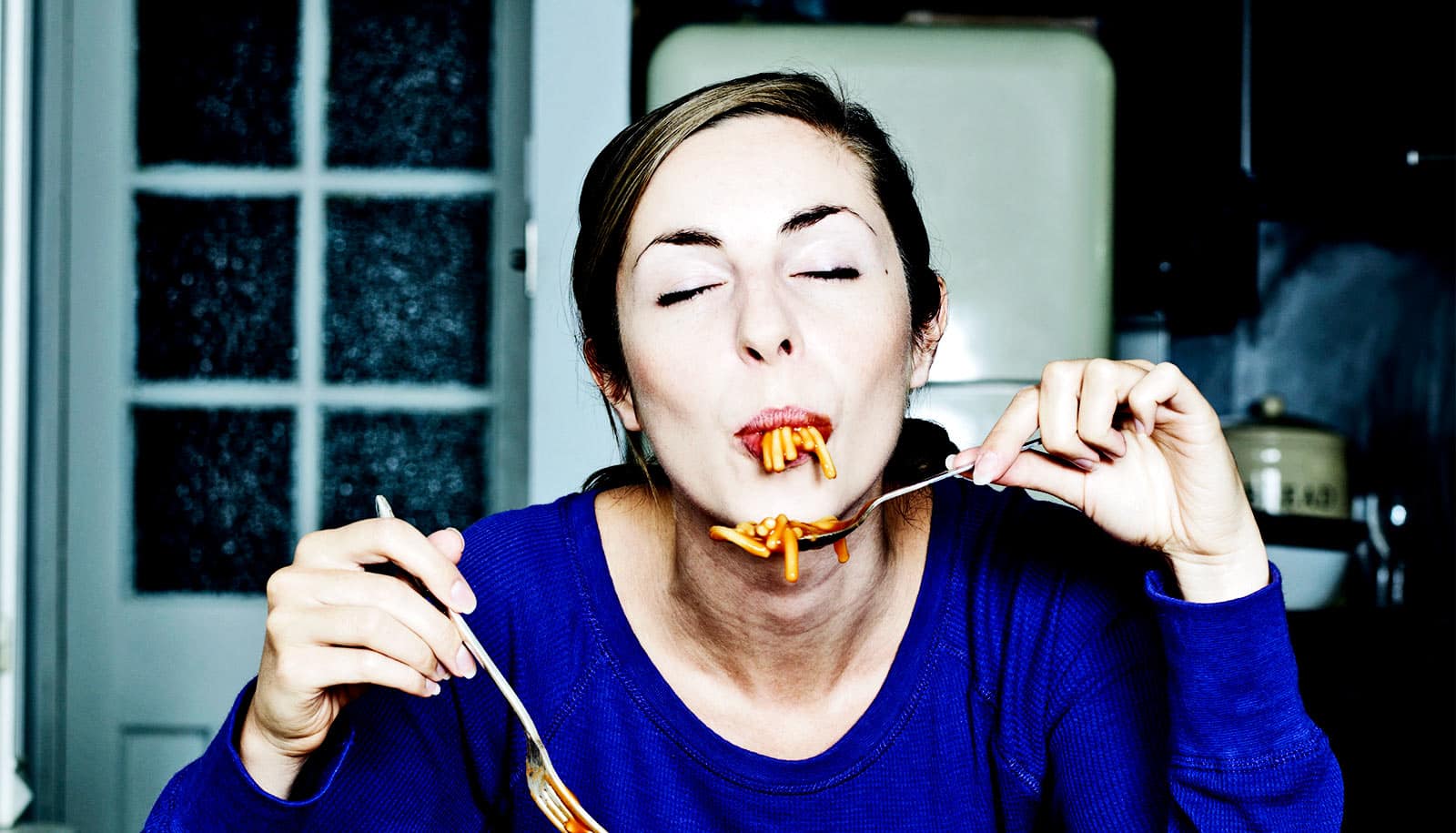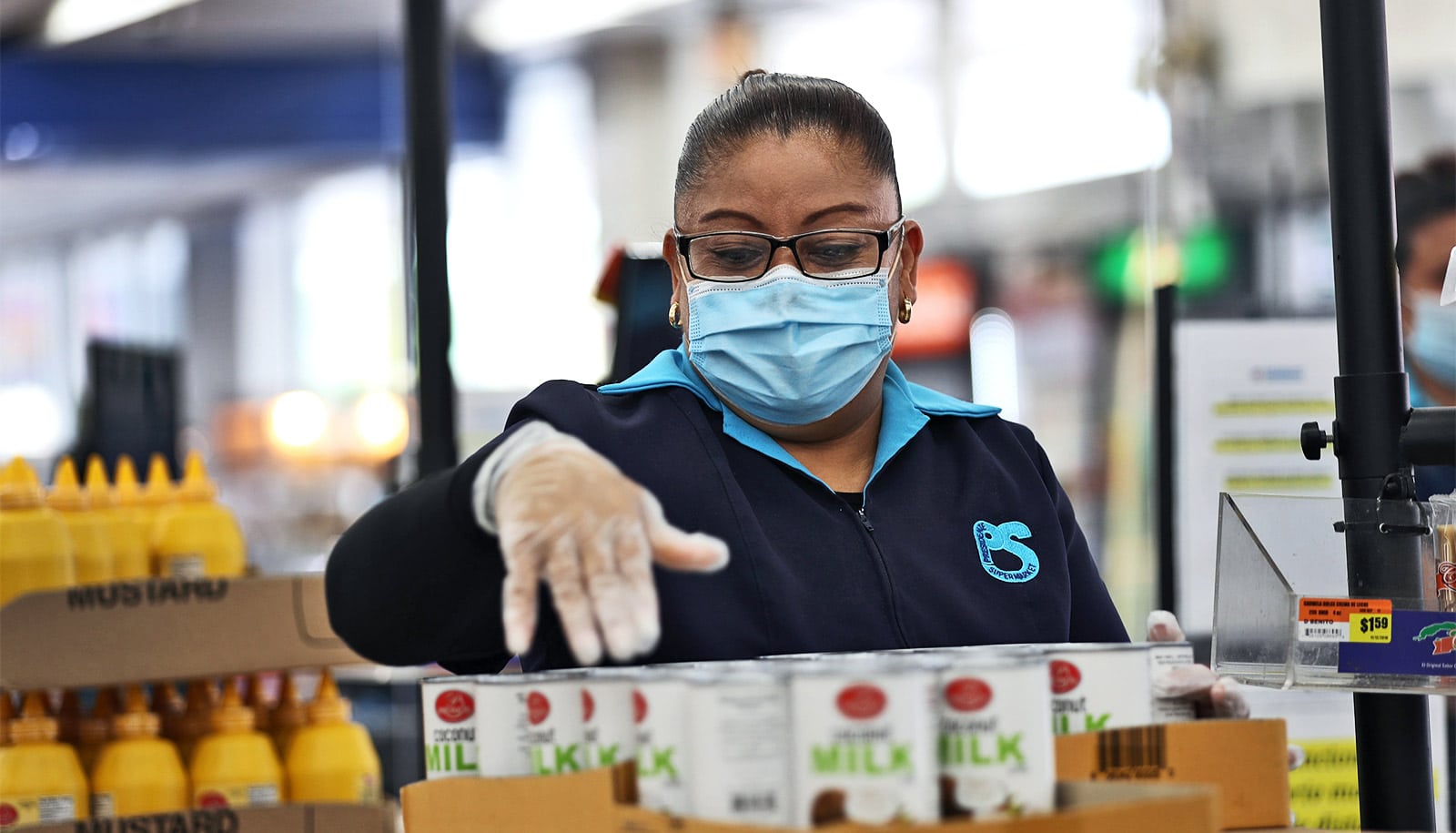During the first three months of the pandemic, food-secure people did not change their eating habits very much, although some of them turned a bit more to comfort foods, new research shows.
The study also serves as a cautionary tale for how people might want to eat in future pandemics.
The researchers conducted a national online survey of more than 3,000 food-secure people from March to May 2020. They found that most of the respondents ate foods that were high in carbohydrates, fats, salt, and sugar.
“Overall, the results from this study may demonstrate to someone that dietary habits may change during a crisis, but it also tells us they are not alone when eating comfort foods,” says Jeanette Andrade, an assistant professor of food science and human nutrition at the University of Florida’s Institute of Food and Agriculture Sciences.
“Everyone is going through the pandemic, but they’re processing it differently. This should allow people to think how they will react if something like this occurs again. It also makes health professionals and academics ask: What can we do differently to better prepare people to eat well during a time like this?”
Furthermore, Andrade says if she and doctoral student Aljazi Bin Zarah took the survey now, their findings may be slightly different. For instance, if they took the survey now, there might be a lot more participants who indicated no changes in their dietary intake, or that they resumed their dietary habits back to pre-COVID times as many stores, restaurants, etc. resumed normal operations.
Bin Zarah, who’s majoring in nutritional sciences in the College of Agricultural and Life Sciences, developed the study after talking about various scenarios with Andrade. For example, the researchers discussed news and academic articles about pandemic eating patterns. They also talked about what they heard from family and friends about their COVID eating patterns.
So, Bin Zarah suggested they conduct a study to identify if this phenomenon was happening across the United States.
“Actually, we were quite surprised with all the findings,” Andrade says. “We were reading reports that there were more people who were food-insecure, and that they were buying and consuming more alcoholic beverages, snack-type foods, and foods and beverages that enhanced immune function. Yet in our study, we did not see these drastic findings with the food-secure, just slight increases or decreases in dietary habits and food security status. We also did not observe many individuals that were eating food to the point of discomfort as may happen due to stress-eating.”
When we’re experiencing stress, many people find comfort in what they can control, and food falls into that category as we choose what we eat, Andrade says. That’s why more people would eat comfort food during a pandemic.
For some, buying healthy food costs too much. You also don’t know how long the fruits and vegetables will last. For example, when the quarantine period went into effect, stores were out of bread, meat, milk, eggs, and more.
“Why? Well, likely people thought, ‘OK, I can stock up on these because they will last me longer than a day as I can prepare a large batch and then freeze it and they are relatively less expensive than buying fresh produce,'” Andrade says.
That was then; this is Andrade’s recommendation for the future.
“I would recommend that adults purchase fresh produce that is in season to reduce cost or purchase produce that is canned as low-sodium/low-sugar or frozen,” she says. “For adults who do not normally do this, create a meal plan for the week, so that you only purchase those items and limit the panic-spree buying. Finally, experiment in the kitchen—combine different herbs and spices to make a dish that is new and creative for the family.”
Source: University of Florida



